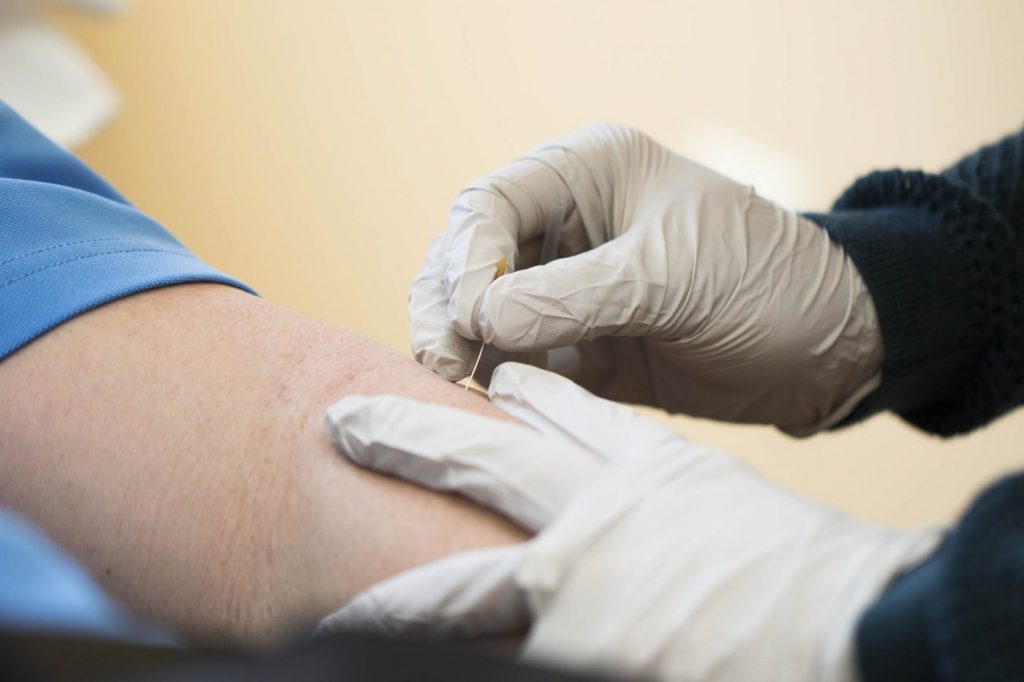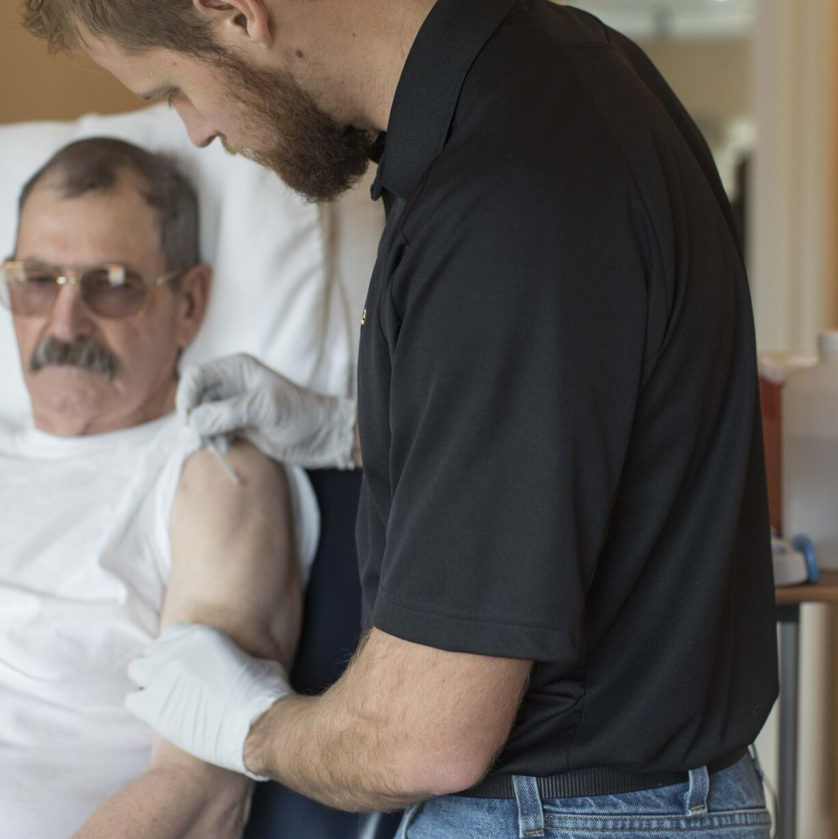Dry Needling - What You Should Know

What is Dry Needling?
Dry needling is a modern therapeutic intervention practiced by physical therapists that involves the use of a monofilament needle to mechanically release tight regions of muscle, often referred to as “trigger points.” These locations are defined by their irritability to palpation with subsequent referred pain to other body regions in predictable patterns. The term “dry” explains that no substances are injected into the body, such as might occur with corticosteroids, lidocaine, or gels.
How does Dry Needling work?
Dry needling works to reduce pain and improve mobility through number of ways. The needle releases muscular tension through a direct mechanical interface with trigger points in specific regions of dysfunction, while also inciting a local inflammatory response. This creates increased blood flow in the region being treated, improving oxygen and nutrient availability and promoting tissue health. Chemical changes also occur in the muscle and tissues around the target region, resulting in decreased activity of pain signaling through the nervous system. Last, relaxation of muscular tension permits normalization of its activity, allowing a more efficient response from the brain when coordinating movement patterns.
Is Dry Needling basically Acupuncture?
While dry needling and acupuncture share similarities, there are important differences. Dry needling is rooted in western principles of medical practice, as opposed to Chinese medicine performed by acupuncturists. Dry needling does not embrace the concepts of qi (“chee”), which describes muscular dysfunction in terms of energy balance and pathways called meridians. Instead, dry needling relies on an understanding of neuromuscular, chemical, and metabolic contributions to movement dysfunction and pain.
Intensive training prepares physical therapists to practice dry needling and begins with years of doctoral study in an accredited graduate program, which includes cadaver dissection, extensive anatomy/physiology content, and comprehensive musculoskeletal management courses that prepare clinicians for the identification and assessment of movement dysfunction in the human body. Once graduated, physical therapist become eligible in most states to undergo post-doctoral training to practice dry needling. This coursework involves intensive review and practice of palpation skills to ensure safe and effective application of dry needles throughout the body. Practical skill checks are required before completion, and numerous courses build upon each other to allow clinicians to treat targets in nearly every muscle of the body.

What does Dry Needling feel like?
Most people describe the sensation of needle entry as a brief “tap,” followed by an ache or deep pressure within the muscle. Twitch responses are also very common, in which the muscle involuntarily and briefly contracts and relaxes. These responses are reflexes that are mediated through the spinal cord and are very commonly elicited in regions of muscular dysfunction. Many practitioners and scholars believe that twitch responses are an important sign of a successful treatment, as they are frequently followed by normalized muscle activity described above.

Should I rest after Dry Needling?
Your physical therapist will discuss when and how much to begin incorporating movement after dry needling. Upon restoring muscular responsiveness, mobility, and proper pain signaling, introduction of focused movement patterning is often relevant and important very soon after a needling session. In essence, dry needling opens a window of opportunity to restore healthy, pain-free movement patterns. Physical therapists can guide you in the most appropriate exercises to perform after needling in order to sustain the improvements that are gained.